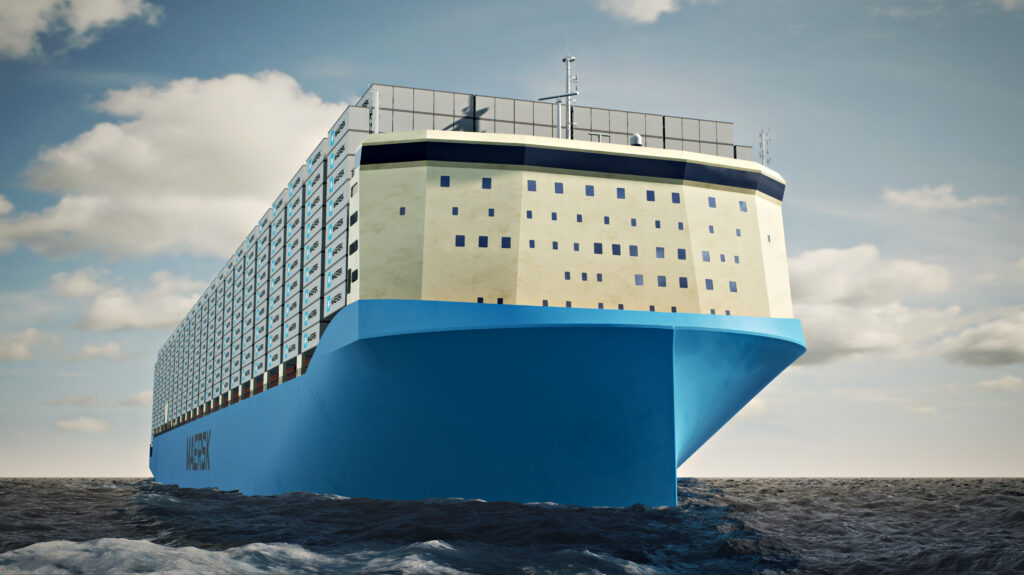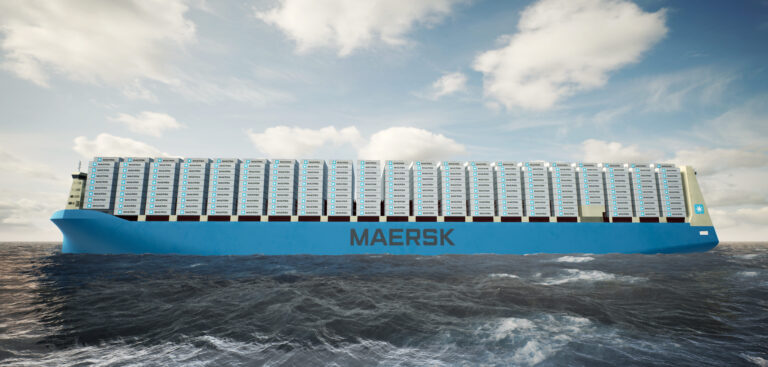Renewable energy company Ørsted is to enter the US power-to-X market by developing a facility on the country’s Gulf Coast. The site will be used to fuel 12 vessels in Maersk’s newly ordered methanol-powered fleet.
Having recently signed a letter of intent, Maersk and Ørsted will partner on the construction of a new power-to-X facility. The project is expected to become a landmark in the green transformation of international deep-water shipping.
Powered by an estimated 1.2GW of renewable energy sources such as onshore wind and solar PV farms, Ørsted’s proposed 675MW power-to-X facility is expected to produce approximately 300,000 tons of e-methanol annually, some of which will be used by Maersk’s methanol-powered vessels. The biogenic carbon necessary to produce e-methanol will be extracted via carbon capture at one or more large point sources.
The power-to-X project is scheduled to be commissioned in the second half of 2025, with the chance of a final investment decision by the end of 2023.
This is the largest potential offtake agreement for green fuels ever announced within the maritime industry. Furthermore, by 2030 Ørsted seeks to build 50GW of renewable energy capacity.
“To transition toward decarbonization, we need a significant and timely acceleration in the production of green fuels,” commented Henriette Hallberg Thygesen, CEO of fleet and strategic brands at A.P. Moller – Maersk. “Green methanol is the only market-ready and scalable available solution today for shipping. Production must be increased through collaboration across the ecosystem and around the world. That is why these partnerships mark an important milestone to get the transition to green energy underway.”
“The US Gulf States have an abundance of cheap renewable energy resources, both solar and wind, making the region a natural location for large-scale production of green fuels, which we expect there will be a very large demand for in the US going forward,” said Neil O’Donovan, CEO of Ørsted Onshore. “The power-to-X project with Maersk will expectedly be powered by approximately 1.2GW of new onshore wind and solar PV, which in itself represent a significant investment in the region, while also helping Ørsted reach its target of 17.5GW of installed onshore capacity in 2030.”




